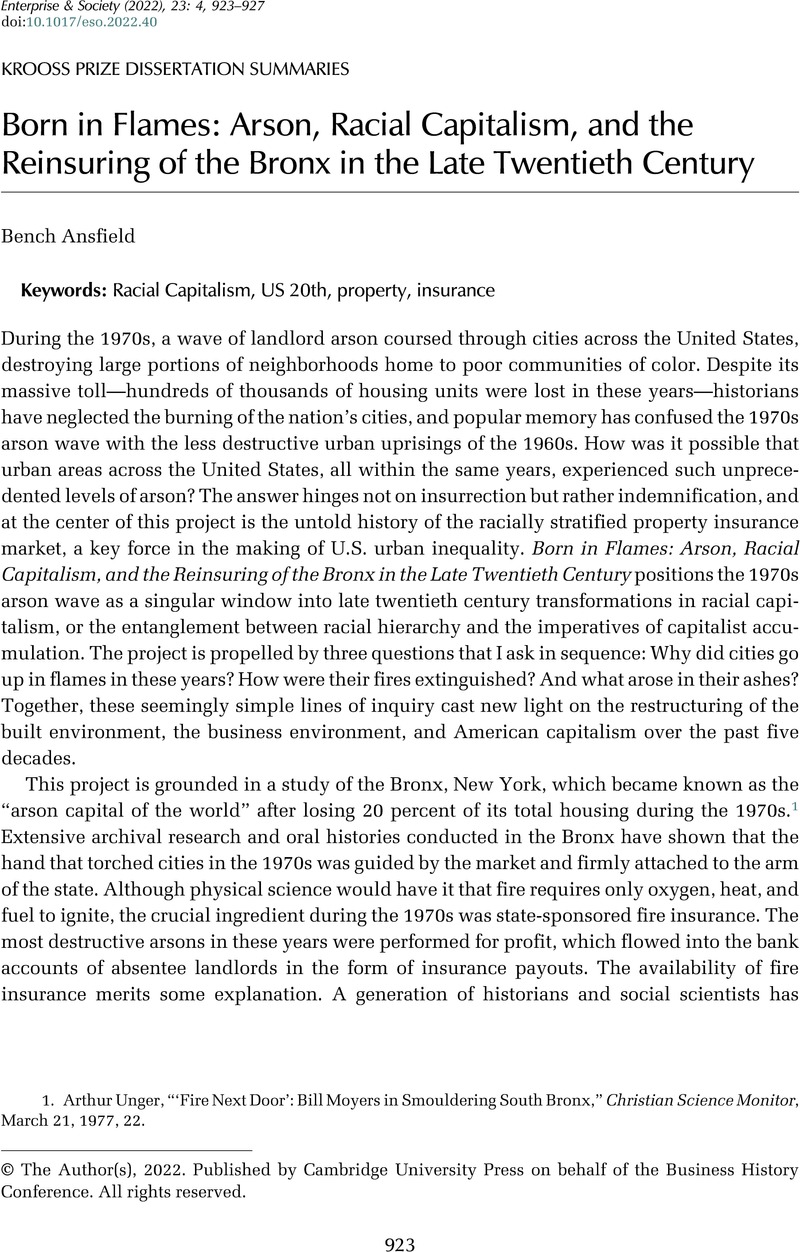Crossref Citations
This article has been cited by the following publications. This list is generated based on data provided by Crossref.
Lteif, Diala
2025.
The Conditions of the Working Class in 1960s Beirut: Fire and Everyday Struggles in Karantina.
Antipode,
Vol. 57,
Issue. 3,
p.
1041.



